"All that is essential for the triumph of evil is that good men do nothing."
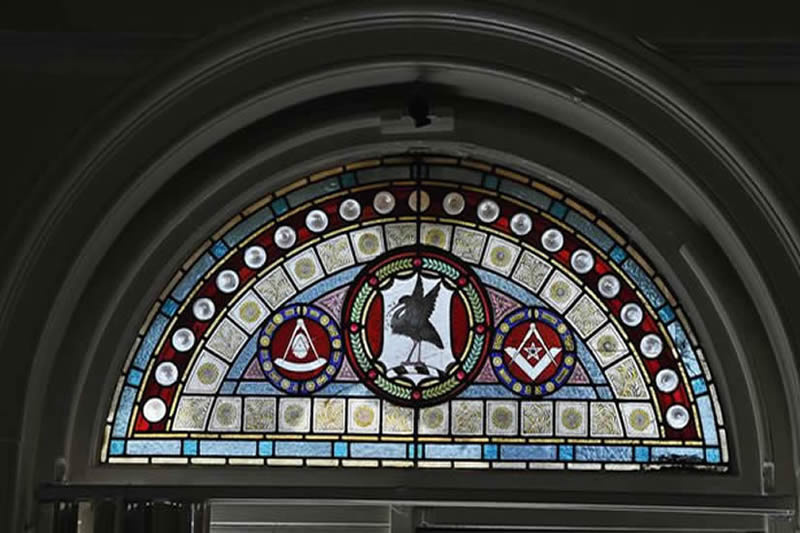
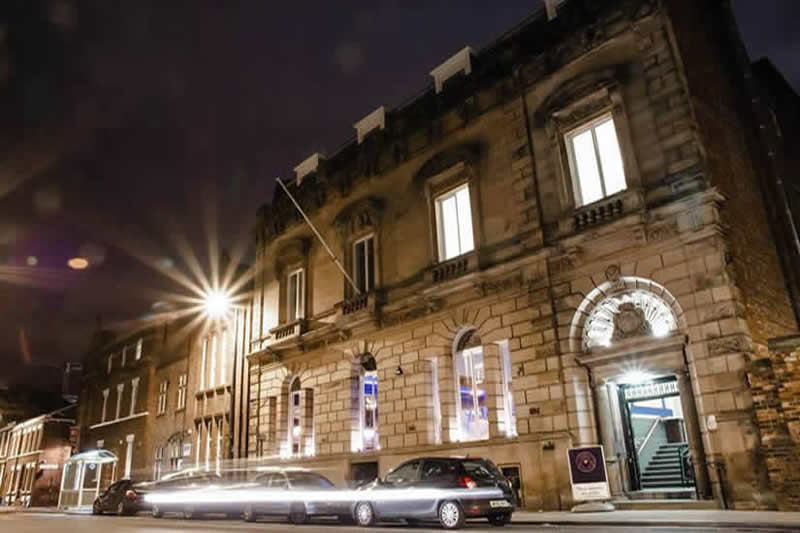
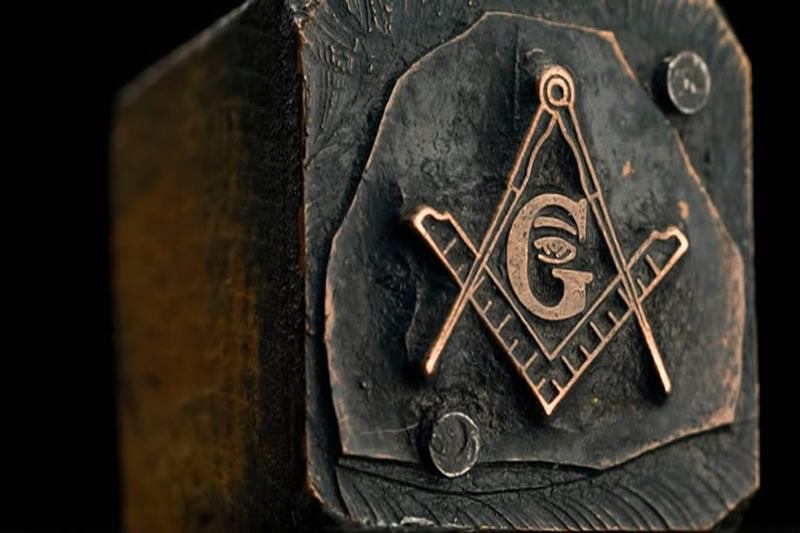
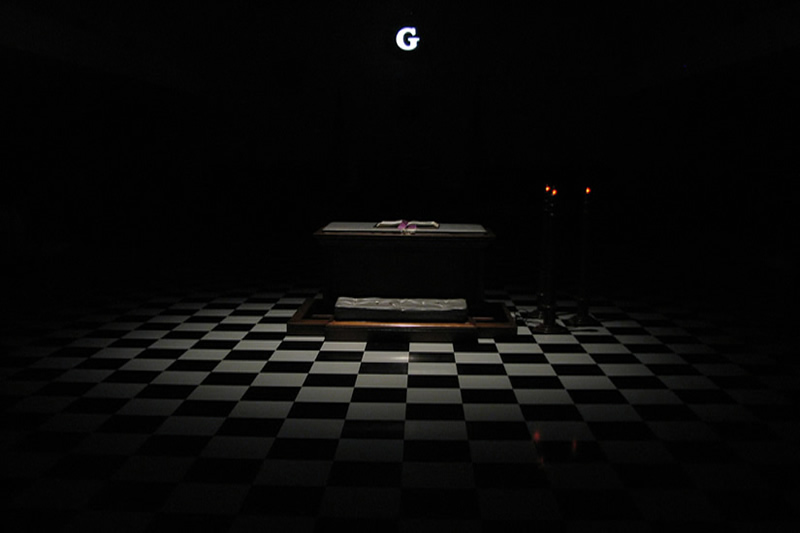
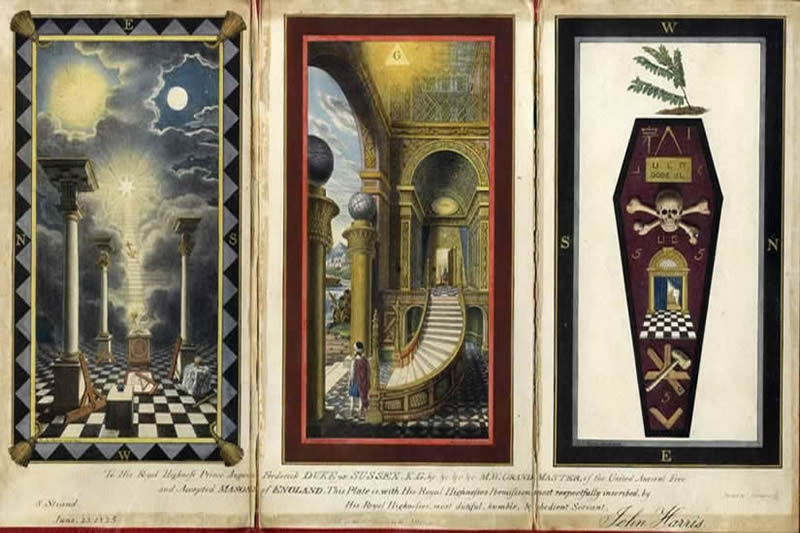
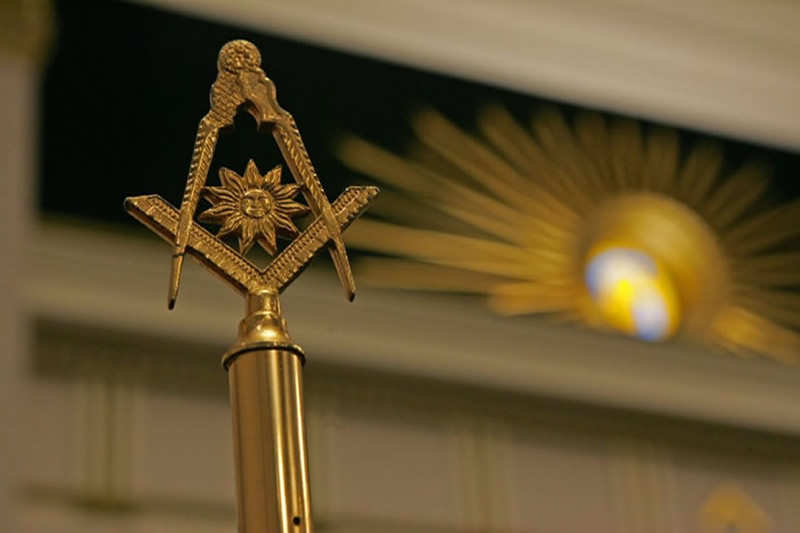

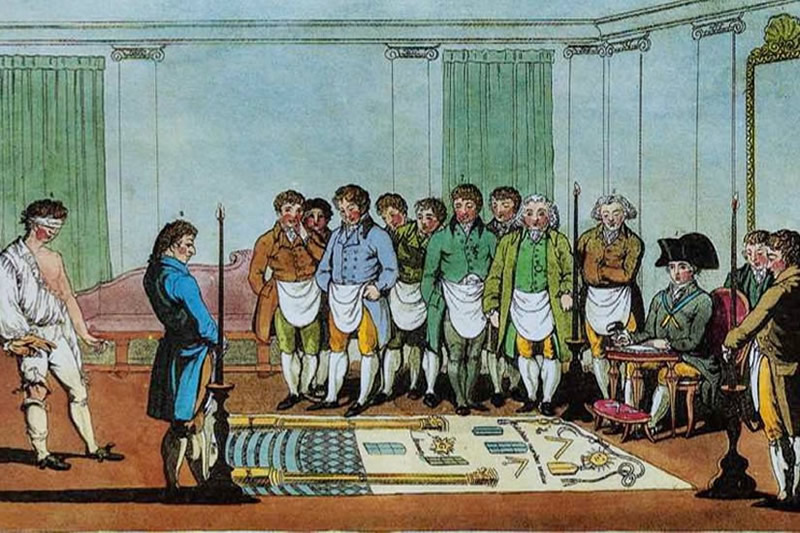
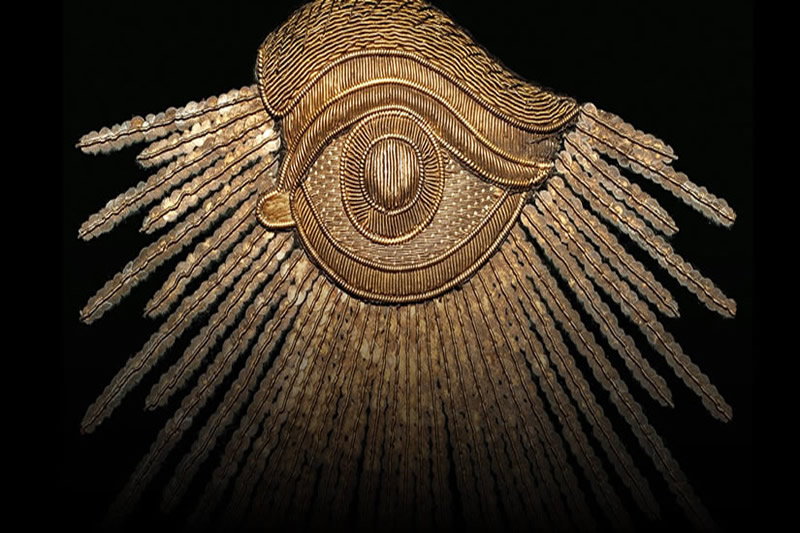

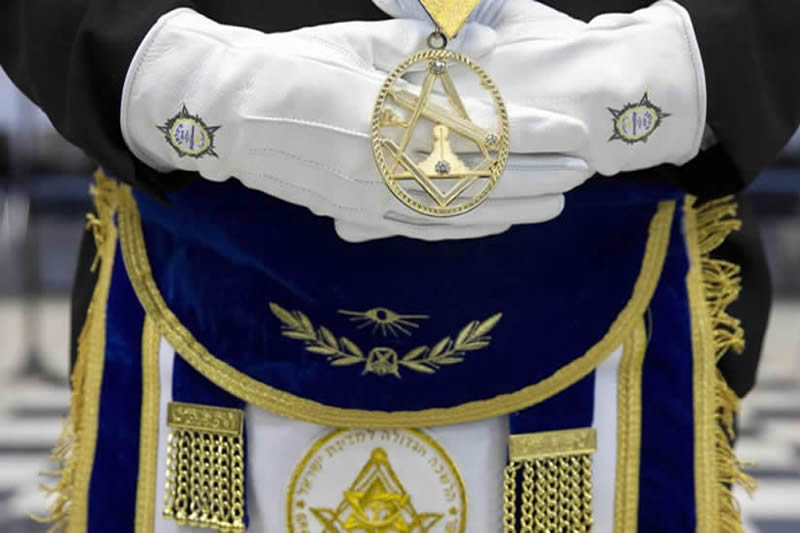
If you have ever wondered about Freemasonry, what it’s all about and what goes on, as well as what it looks like inside a Masonic Lodge, then now is your time to find out.
It is incredible to think that medieval Freemasons could have been in Liverpool and worked on the construction of Liverpool Castle as early as 1238.
Freemasonry has maintained strong links with stone masons and members who, more recently, worked on Liverpool Cathedral would more than likely have attended Lodge meetings at Hope Street Masonic Hall.
If you have taken part in our St James’s Cemetery tour, you will have seen the number of graves belonging to Freemasons who lived in Liverpool at that time and perhaps attended lodge meetings at this Masonic Hall.
This tour adds to the social history of Liverpool and complements our Georgian Liverpool Tour. It also provides the opportunity to see the inside of a number of Masonic Lodge Rooms that are still in actual use, including the Roman Room and Egyptian Room - as well as seeing the working tools of Freemasonry. You will also be able to find out more about Freemasonry, what it stands for and have your questions answered by your guide.
In the late Georgian and early Victorian times the Freemasons of Liverpool met in various locations across the town. These locations included upstairs rooms of pubs, hotels and even banks.
Freemasons have been operating in West Lancashire since as long ago as the 1640’s when the earliest account of admittance into Freemasonry recorded an initiation into a lodge in Warrington. It is an intriguing thought that whilst Roundheads and Cavaliers were engaged in the bitter English Civil War, Freemasons were meeting in peace and harmony in this very Province.
On 27 December, 1796, the Lodge of Harmony, No. 302, held its first meeting at the Brown Cow Tavern, situated on the south side of Lord Street, Liverpool. Bro. George Washington had just stepped down from the first American presidency and a 28 year old Napoleon Bonaparte was leading his army against the Austrians. William Pitt the Younger was still British Prime Minister having taken that office at the tender age of 24 and closer to home, scarce fresh water in a much-deprived Liverpool was sold in the streets at 9d per butt. The Lodge later moved to the Lord Nelson Hotel, Hotham Street (near the present Lime Street Station).
In 1857 Freemasons in Liverpool purchased a house on Hope Street known as the House in the Garden and began converting the property for the purpose of Freemasonry.
Eventually, in 1872 plans were submitted to demolish the house and replace it with a Masonic Hall. The Cornerstone was laid with full Masonic honours by Right Hon, Lord Skelmersdale – Past Grand Warden of England. The building was finished in 1874 by which time Freemasonry had become so popular that an immediate decision was made to extend the building.
The Masonic Hall in Hope Street is the administrative centre of Freemasonry in the Province of West Lancashire and the vast majority of lodges meet here.
Freemasonry is one of the largest charitable givers in the country, contributing over £42,000,000 to deserving causes in 2019 alone.
Find out which famous names are Freemasons and who has visited Hope Street Masonic Hall.
See the instruments that Freemasons call their “working tools” and learn about the symbolism.
Find out what Tracing Boards are and what they are used for in a working Lodge? These are true works of art.
There is sometimes an opportunity to sit in the Worshipful Master’s seat and survey the Lodge Room as he does.
The tour takes place indoors but please be aware that there could be a short wait outside. Unfortunately, the tour is not suitable for wheelchair users as it takes place inside a Victorian building with four flights of stairs to climb throughout the tour. Participants should be in a reasonable state of health in order to climb the stairs etc. Photographs are not usually allowed inside the building and during the tour due to the nature of what is on display.

The meeting point for the tour is outside the Everyman Theatre in Hope Street, Liverpool.

Tour begins of Liverpool Masonic Hall and lasts for approximately two hours.

The meeting point for the tour is outside the Everyman Theatre in Hope Street, Liverpool. PLEASE NOTE: This time is not usually avalable and is only used during busy times or if the Hall is unavailable for the 11:00 am start time.

Tour begins of Liverpool Masonic Hall and lasts for approximately two hours. PLEASE NOTE: This time is not usually avalable and is only used during busy times or if the Hall is unavailable for the 11:00 am start time.
Feedback for individual guides is obtained from a variety of sources, including social media. We'd be delighted if you could take the time and let us know how you enjoyed your tour.
Trains on the National Rail Network arrive at Liverpool Lime Street Station. There is also a local train network called Merseyrail that travels to / from Central Station. You would then be able to obtain detailed directions using the search facility above.
There are two main bus terminals in Liverpool. There is the Central Bus Station at Canning Place, Liverpool 1. There is also another terminus at Queens Square by St George's Hall. There is an extensive bus network throughout Liverpool and the 82 bus from the Central Bus Station will travel through the city centre.
Black cabs are available all over the city and can be flagged at the roadside. You can tell the taxi driver the name of your destination and they will be able to take you there. Their knowledge of streets and venues (especially in the city centre) is extensive and you should not have any difficulty.